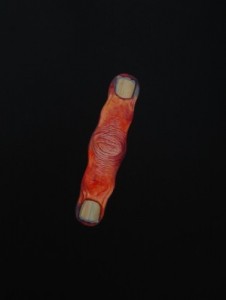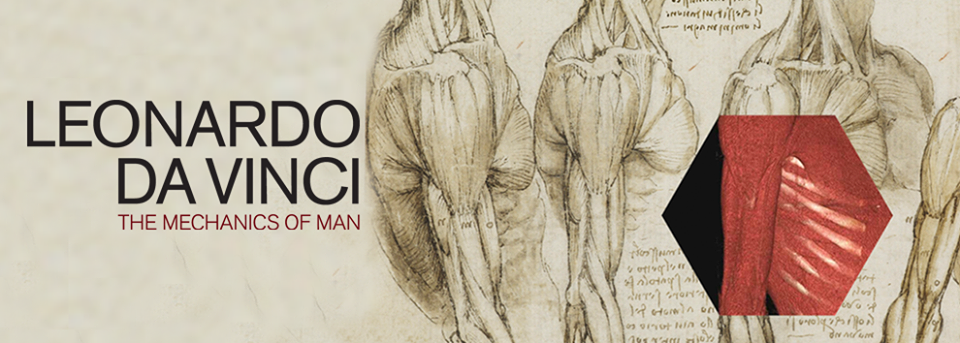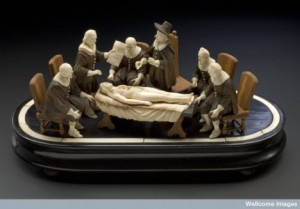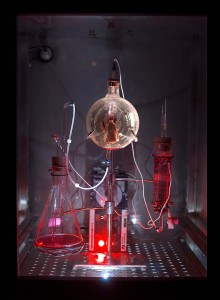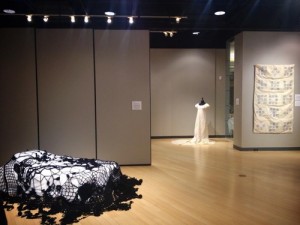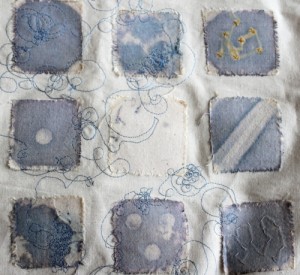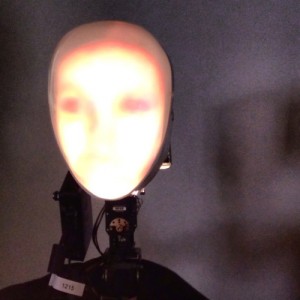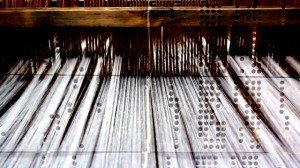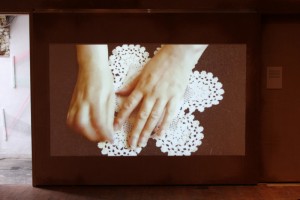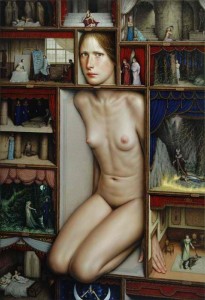Blog
Bone & Blood: Structural Bodies in Motion
Wellcome Collection_Medical Images competition
Got some nice images that explore the body, medicine or health?
If you’re a research scientist, a clinical photographer or an illustrator, contribute to Wellcome Images now to be entered into the Wellcome Image Awards 2014.
Deadline to submit for the awards is 30 September 2013.
For more information and who to contact, see:
http://bit.ly/17uyZXt
Surreal Art In The Macabre Barts Pathology Museum, London
The impressive permanent co has been largely closed to the public since the 1970s but it’s filled with fascinating and macabre specimens such as a conjoined twin skeleton and the rotting hand of a leper.
The collection usually only opens to the public alongside special events and seminars; but for the next two weeks, it’s open to the public, giving you the opportunity to see such treasures as a collapsed windpipe simply labelled ‘strangulation’, with the rest of the story left to visitors’ imagination.
Until 27 of August 2013
For more info, check here
Leonardo da Vinci_The Mechanics of Man
Leonardo da Vinci_The Mechanics of Man
The Queen’s Gallery, Palace of Holyroodhouse
Long recognised as one of the great artists of the Renaissance, Leonardo da Vinci was also a pioneer in the understanding of human anatomy. Had his ground-breaking work been published, it would have transformed European knowledge of the subject.
This exhibition displays thirty sheets of Leonardo da Vinci’s anatomical studies, which date from the winter of 1510-11 when he carried out some 20 autopsies at the University of Pavia in collaboration with the professor of anatomy, Marcantonio della Torre, and uses the latest medical technology including CT and MRI scans, computer simulations and 3D film of the body to explore the modern relevance of his anatomical research. This juxtaposition shows how far-sighted Leonardo’s work was, and how close he came to 21st-century medical thinking.
More info about the exhibition here
Brains: The Mind as Matter_Wellcome Collection_MOSI
This exhibition asks not what brains do for us, but what we have done to brains in the name of medical intervention, scientific enquiry, cultural meaning and technological change. On display for the first time outside London, Wellcome Collection’s hugely popular exhibition comes to Museum of Science and Industry (MOSI), featuring previously unseen objects and artworks which explore Manchester’s contribution to understanding the brain. Open daily until 4th Jan 2014. More info, here and here! 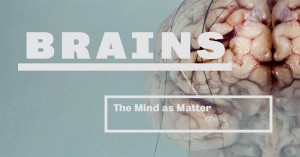
An Anatomical Demonstration_Wellcome Collection
Medical research and resurrection men..
Would you mind being dug up in the spirit of anatomical discovery?
Muriel Bailly looks into the history of the ‘tradition’ with another object of the month from our collections.
Read the blog post of Wellcome Collection (posted by Danny Birchall) here
This 18th-century wood and ivory anatomical model takes its inspiration from a 16th-century painting you may be familiar with:
The Anatomy Lesson of Doctor Nicolaes Tulp by Rembrandt.
Weird Science: Biotechnology as Art Form_by Carolina A. Miranda
Tissue cultures, genetic modification, bacterial colonies. Over the last decade, more and more artists have been giving up
the studio in favor of the laboratory.
In the spring of 2008, curator Paola Antonelli at the Museum of Modern Art in New York was forced to kill a work of art. A thumb-size “jacket” cultivated from mouse tissue that lived inside a sterile glass ball, Victimless Leather was not your typical museum piece. The cells were very much alive—and they were multiplying. So rapidly, in fact, that five weeks into the exhibition, they were threatening to clog the incubation system that kept them alive. Antonelli would have to cut off the nutrient supply. But she couldn’t bring herself to do it. “There was no way I was going to switch it off,” she recalls. “I can’t even kill a mosquito.”
Victimless Leather—A Prototype of Stitch-less Jacket grown in a Technoscientific “Body,”
created by Tissue Culture & Art Project
(Oron Catts and Ionat Zurr), 2004.
Read the whole article here
“The Institute of Unnecessary Research” brings together art, science and philosophy_Director: Anna Dumitriu
Einstein said: “If we knew what it was we were doing it wouldn’t be called research, would it?” “The Institute of Unnecessary Research” presents a new paradigm in the way artists are engaging with the world through transdisciplinary practice and connective aesthetics. Bringing together art, science and philosophy by creating participatory audience experiences, performances and installations. Sometimes humorous and sometimes grotesque, their work pushes the boundaries and critically questions the means of knowledge production in the 21st Century. Artists are innovators, if a new piece of technology or a new medium, becomes available; artists want to try it, to experiment with it- from microbiology to robotics; from tissue culture to neuroscience. Some artists take on the role of a scientist in almost a performative way and some scientists become artists themselves. Philosophy and ethics is always at its core and the work unpacks the instrumentalization of science for commercial and political ends. Forms of “connective aesthetics” are used to engage the audience in a participatory experience that extends and generates new outcomes throughout the exhibition and go beyond simple interactivity, throwing authorship into question, as members of the audience are inspired to become Unnecessary Researchers in their own rights. The IUR is a hub for researchers and artists working experimentally and deeply engaged with their specific research areas. We present our research through performative and experiential methods, engaging the public and new audiences in our ideas. We organise performance events (many of which can be seen here) in art galleries and other non-traditional settings (including: universities, businesses and festivals) to engage the public in our research and meta-research. We also create participatory workshops, where participants become the researchers and learn about our work experientially. We are specialists in our specific research fields and deeply committed to making our work accessible. We offer exhibitions (curated around specific themes in our research), talks and organise symposia and are able to suggest speakers for events. To organise a special IUR event, get involved with our work, be kept informed about events or for permission to use images please contact us. For more information contact Anna Dumitriu, Founder and Director of the Institute of the Unnecessary Research at: [email protected]
Also check Anna’s Dumitriu work at MEDinART here
Cultural history and Biology collision: The Art and Science of Linen by Anna Dumitriy and Alex May
The Art and Science of Linen
Cultural history and biology collide in this video artwork created by artists Anna Dumitriu and Alex May.
With the aid of microbiologist Dr. John Paul, Dumitriu and May trace methods of linen production from the late nineteenth century and locate the precise culture of bacteria integral to this production.
Read more here: http://www.artandsciencejournal.com/post/52240353594/art-and-science-of-linen
What’s on Dino Valls mind?
Dino Valls was trained as a surgeon and upon graduation made the decision to focus all of his energies on painting.


